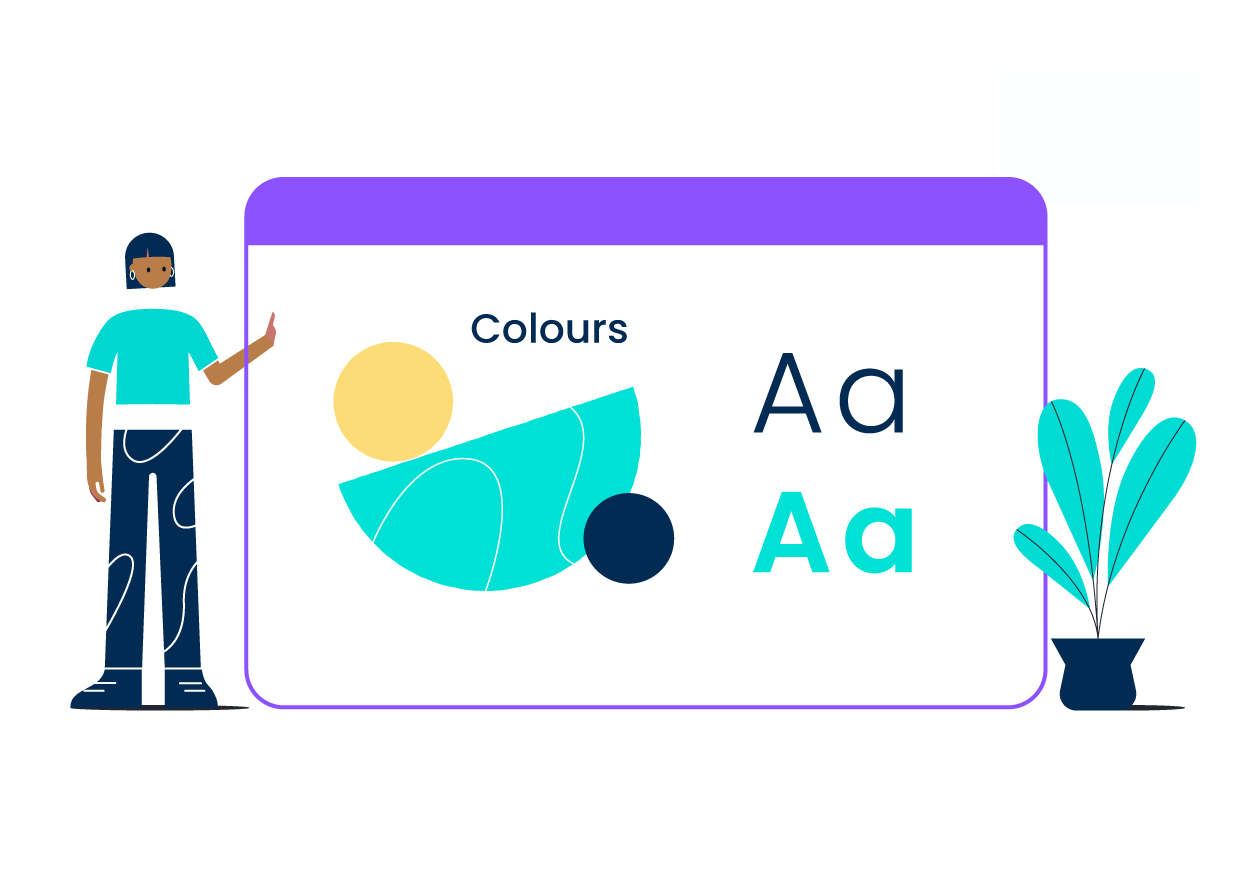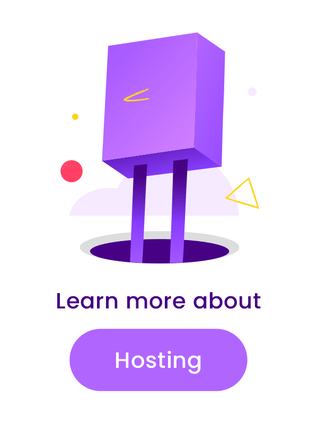Once upon a time in 1999, US President Bill Clinton established a task force to develop new standards for e-learning. The US Defense Department’s e-learning team, ADL, created a file type called a Shareable Content Object Reference Model, or SCORM to its friends.
SCORM was designed to be a universal file type for e-learning. So, it didn’t matter how you built your digital learning, or what Learning Management System you hosted it on, you simply exported your module as a SCORM file, and it’d plug and play in any LMS.
So far, so awesome. Industry standard formats simplify compatibility, and up until SCORM came along, the budding e-learning industry was riddled with compatibility issues. SCORM made a lot of people’s lives easier. It became the universal standard all e-learning was saved in, and all Learning Management Systems were built to host and play SCORM files.
But after a few years the dew was off the rose, and the honeymoon was over.
How SCORM became an L&D handbrake
Most universal file types are owned and maintained by a commercial entity that profits from the file type being widely used and is highly motivated to keep the file type current and compatible with industry best practises. Take PDF as an example. It’s the universal file type for saving and sharing documents, and it’s owned and maintained by Adobe. CSV is the universal file type for data records, owned and maintained by Microsoft.
SCORM is owned by ADL, who in turn are owned by the US Government. The US Government is not a commercial entity, and it’s got bigger fish to fry than maintaining SCORM. So, the last time SCORM 2004 was updated was 2009. And the version of SCORM most widely used by the L&D industry, SCORM 1.2, dates from 2000, making SCORM a living fossil in digital terms.
As the rest of the digital world evolved at lightning speed, SCORM stayed still. This has created a raft of frustrations for L&D professionals, but the most significant handbrake is lack of data. SCORM does not support analytics. So, while every other industry is able to make data driven decisions, L&D operate on hypothesis and observation alone.
ADL themselves recognise SCORM has limitations. Following a 2008 report that highlighted a number of issues with SCORM, including security risks and its lack of data capture, they began work on an alternative. ADL state, “to track performance data on emerging learning capabilities (e.g., mobile learning), DoDI 1322.26 has been updated to allow a more capable standard called the Experience API, or xAPI ...”
A legacy of L&D underinvestment
L&D is an industry hampered by a legacy of underinvestment.
L&D and marketing perform much the same function in an organisation, creating communications to change the way people think, feel, and act.
But while marketing is outward facing, revenue generating and measurable, L&D is (usually) inward facing, resource consuming, and struggles to prove return on investment. Therefore, many L&D teams operate with shoestring budgets, unable to invest in the latest tech.
Small budgets make for a sleepy market, and the L&D tech industry has been stagnant for many years. The modest rewards on offer failed to catch the eye of disruptive digital innovators, and the market became dominated by a small number of players.
Lack of competition led to complacency. Many Learning Management Systems mirrored SCORM’s lack of evolution with lack of investment in user experience or even responsive tech, leading to slow, clunky learning platforms difficult for content creators and learners to use.
The SCORM & LMS symbiosis
SCORM and Learning Management Systems have built a symbiotic ecosystem. SCORM was designed to talk to Learning Management Systems. Learning Management Systems now continue to keep SCORM alive by supporting it, even though it’s a shambling zombie.
So, what’s in it for Learning Management Systems? Why do they continue to use a file format that holds L&D professionals back from making data driven learning?
The simple answer is because it’s cheap and because they can. If you’re a company selling a Learning Management System, chances are you’re fine with SCORM because it’s a known quantity. You don't have to invest in innovating your platform to keep pace with changes because there are none. You can charge people for hosting and playing 20 year old tech.
Cynics might even say companies selling Learning Management System are motivated not to advance learning tech by adopting new file types, because their bottom line benefits from the status quo. And the reason this symbiotic stranglehold on the L&D industry has gone unchallenged for so long, is because of the lack of competition mentioned above.
None of this would matter much, if it weren’t for the fact that this situation makes your life suck.
How SCORM makes your life harder
So, you’re an L&D professional and you’ve just made a juicy new learning module. You export your new module as a SCORM file and upload it to your LMS. Then you set up your (very limited) reporting, so you get notified when people complete the module. The whole process takes about half an hour, and you’re feeing pretty good about life, until you realise your mate using Chameleon just accomplished those three tasks in two clicks and a few seconds.
The combination of an outdated file type with archaic learning management systems makes for a perfect shitstorm of horrible user experience.
We hear from exhausted L&D designers who admit they ignore typos in their e-learning because they simply don’t have time to go through the lengthy rigmarole of updating the file, exporting it to SCORM , uploading it into their LMS, etc.
L&D teams tell us they don’t update their learning content, because of the time it takes to do so, and they dread being asked to create new learning, because they know how long it will take to set it up in their LMS. They tell us the accuracy of the limited data they do get is questionable. They tell us their LMS is so difficult to use they have to employ costly specialist LMS administrators to maintain their outdated systems.
Worst of all, L&D teams tell us they feel like they’re wasting their time. Because the experience learners have with outdated LMS systems is so horrible that they’re irritated before they’ve even launched a learning module. And if your learners are pissed off before they start a module, it doesn’t matter how good your learning content is, it’s not going to be as effective.
Now we know we’re blurring the boundaries between the poor experience offered by SCORM and the pain of navigating clunky outdated Learning Management Systems, but the two enable each other and go hand in hand. The good news is you finally have a choice.
What options are there to SCORM?
There are SCORM alternatives, although some are evolutions and companions, rather than true choices.
Experience API or xAPI
Brought to you by our friends at ADL. “Unlike SCORM, xAPI can be used to track and share data from mobile learning, simulations, virtual worlds, serious games, real-world activities, wearable devices, experiential learning, social learning offline learning, and more.” This tracking ability allows L&D pros to gather data on the performance of learning content and improve it. xAPI also doesn’t require an LMS.
Cmi5
When ADL realised they’d done such a good job making SCORM the industry standard file type that Learning Management Systems weren’t talking to their new, shiny xAPI, they built Cmi5 to bridge the gap. Cmi5 informs “how an LMS and xAPI-enabled learning activities communicate with each other,” and makes xAPI compatible with older Learning Management Systems (and there’s a lot of them).
Learning Tools Interoperability or LTI
LTI’s manufacturer says, “the aim of LTI is to provide a single framework that allows the integration of “any LMS product with any learning application”. LTI is popular in academia, while SCORM dominates government and corporations.
HTML5
HTML5 is a web standard file type that defines how digital content is displayed in browsers. Some LMS function as web browsers and will display HTML5 files. However, HTML5 does not communicate with most LMS, so you would lack even the completion data SCORM provides, and it may also impact on learner UX, by not bookmarking their progress. But HTML5 and SCORM can be compatible, as some authoring tools publish HTML5 content for SCORM.
So, what’s the answer?
In short, there’s still no perfect learning file type that delivers ease of use, full LMS compatibility, and robust data. But the good news for L&D pros is that you can now make and share learning content without SCORM or Learning Management Systems and bypass the whole sorry mess.
But what if you’re stuck with SCORM?
We get it. Most of the organisations we work with were reliant on SCORM before they switched to using Chameleon for authoring and hosting learning. And it wasn’t just they were reliant on SCORM. They’re often also heavily invested in a legacy LMS. Often that LMS is integrated with their HR system, keeps records of course completion to meet regulatory requirements, tracks CPD professional development points, and has event booking functionality.
So, despite their LMS being clunky and slow to use, despite it being a poor user experience for learners that undermines the L&D team’s efforts, and despite the frustrations of not being able to access data insights, the thought of moving to another system can feel overwhelming.
If this feels like you, we just want to say, it’s not your fault that you’re stuck with a substandard learning setup. For so many years there weren’t any other options. You’ve been depending on the L&D tech industry to deliver the goods, and it’s let you down.
Opt out of the whole sorry mess
If you’re frustrated with the limitations of SCORM and your LMS, there are alternatives. It’s not as hard to break up with the legacy set up that’s holding you back as you think it is, and we’re here to hold your hand.
You can opt out of SCORM and opt out of using an archaic LMS in one single step. Chameleon isn’t an LMS or a Learning Experience Platform. We’re a fast, easy, beautiful content authoring tool that anyone can use, and a hosting platform, where you can host, share, and report on your Chameleon learning content. Find out more about our hosting here or view a demo.
Share this
You May Also Like
These Related Stories

Measuring the impact of learning

Time vs impact - How to get more learning bang for less time buck

